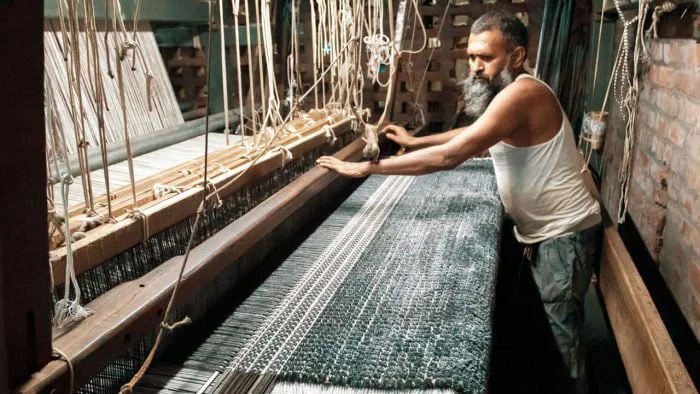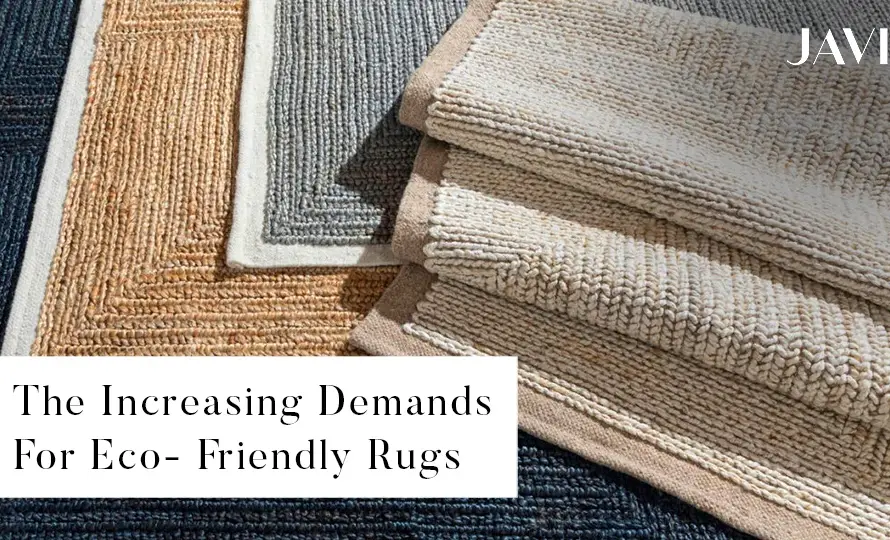A rug is a valuable addition to space. Talking particularly about handloom rugs, they are unique in countenance and touch. Made with strong and durable material, they are even longer-lasting. If you have ever wondered about how your favorite handloom rugs are made, then you are at the right place.
Why Handloom Rugs ?
Handloom rugs are traditionally handwoven on a vertical loom with a mounted warp. The weaving process is a major determinant of the quality of the rug produced. The base of the rug is made using two sets of intersecting threads. A thin thread is utilized to press the strands of fibers together. The depth of the pile height is ascertained from the thickness of the rod. Most of the hand-loomed rugs are sealed towards the ends, unlike machine-made rugs which frequently come adorned with fringes.
Once the weaving process is completed, the rug is introduced to chemical washing to soften the yarn and make for a comforting experience. After chemical washing, the rug is extensively washed with water. To get the rug dried, it is then placed out in the sun.
Related Blog: Importance Of Outdoor Rugs
As far as the material used for making handloom rugs is concerned, Wool, Viscose, Polyester, Linen, Nylon among others is used. The superior quality handloom rugs have a higher knot count because then the weaves are closely knit together which accounts for longevity. Rugs are made by local artisans. The creativity levied is unique by each artisan which thereby results in creating one-of-a-kind rugs.
Rugs usually come with geometric patterns and designs like boxes, stripes, checks, etc. As compared to other handmade rugs, it takes less time to manufacture them. Because of the double backing, they are quite heavyweight and hence do not bunch up or fold. Available in a variety of colors and designs they can blend with different kinds of interiors.


